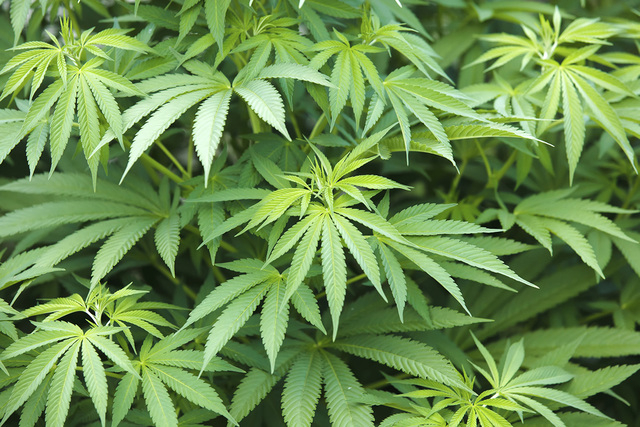What parents should know about marijuana legalization
The permission slip for an overnight high school DECA competition in Colorado banned students from bringing illegal drugs or alcohol.
“Oh, so we can bring pot,” said Diane Carlson’s daughter to her mom.
The comment was a joke, but for Carlson, the co-founder of Smart Colorado, an organization striving to protect the wellbeing and future of Colorado’s youth in the wake of marijuana legalization, it was a grim reminder about why she’s worried about children as the state slowly adapts to the new norm of legalization.
As the first state to legalize the commercial sale of pot, Colorado has been turned into an experimental lab of sorts. After one year of legalization, no one is certain if the new policy will reduce crime or addiction to other substances, or if it will create unanticipated social and health ills.
For parents in Colorado and beyond, the main concern is how legalization will affect their school-age children. Unfortunately, it will be years before there is reliable data. For now, parents must judge for themselves and take necessary precautions based on spotty surveys, incident reports and expert opinions.
All departments of government “have really worked tirelessly to make sure (legalization) doesn’t affect public health and safety and that we’re keeping marijuana out of the hands of kids,” said Skyler McKinley, deputy director of marijuana policy for the state of Colorado. “I think we’ve done an incredible job with that in this first year (considering) we’re the first people in the world to do this.”
Edibles, vapors and potency
Within a few months of legalization, over 300 kinds of edible products laced with marijuana appeared on licensed store shelves. Teens brought to homes and schools foods like candies, butter, sodas, juices, pasta sauce, cookies and cereals with no distinguishable labeling saying they contained marijuana, according to news reports.
Colorado lawmakers acted fast to pass laws to prohibit manufacturers from adding marijuana to trademarked products and to enforce explicit labeling on packages.
A later legislative proposal also requires edible “marijuana products to be shaped, stamped, colored, or otherwise marked with a standard symbol indicating marijuana” and prohibits “adding marijuana to a product that is primarily marketed to children.” However, that law won’t be enacted until Jan. 1, 2016.
Meantime, local news outlets have reported edibles being accidentally ingested by small children and sold and eaten by students at school, and teens using marijuana vaporizers, which can be easily purchased at grocery stores, to hide the familiar smell of burning pot.
Most research done on how marijuana affects the brain uses marijuana at 2-5 percent THC potency, meaning the amount of tetrahydrocannabinol, the primary ingredient in marijuana that causes its psychological effects, said Carlson, referring to an article published on Smart Colorado. “Yet in Colorado, we’ve legalized concentrates up to 90 percent THC levels.”
“We have no idea how these THC concentration levels” are absorbed in and affect the body, she said.
It would be smart to lower the legal amount of THC in edible products, said Katharine Neill, Glassell postdoctoral fellow in drug policy at Rice University’s Baker Institute. “Right now, you might have one cookie with 100 milligrams of THC. (You can) tell people to divide it, but it’s difficult for people to eat just one piece of a cookie,” so they eat too much and end up hospitalized.
Perceptions and reality
Legalizing marijuana lowers the perceptions of harm, Carlson fears. “Too many of our kids have gotten the message that it’s not dangerous” since it’s sold in retail stores and regulated by the government.
A 2014 survey by the National Institute on Drug Abuse found more than 60 percent of high school seniors do not perceive a “great risk” in using marijuana regularly, a marked increase from just 20 percent in the early 1990s.
The perceptions are similar among adults. According to an NBC News/Wall Street Journal poll in March 2014, 88 percent of adult Americans believe tobacco, alcohol or sugar is more harmful to a person’s health than marijuana.
The gap between public perception and scientific reality is worrisome for health professionals. Years of studies, the most recently done by Harvard and Northwestern universities, prove that even moderate marijuana use among adolescents and young people creates developmental abnormalities in the brain affecting emotion, cognition and motivation.”Our kids are having to navigate an increasingly dangerous landscape, we must arm them with the facts so they can protect themselves and can have the chance to reach their full potential,” wrote Carlson in an email. To do this, “parents must stay informed on the latest trends and medical studies, teach their children about the dangers of adolescent drug and alcohol use, and be politically active in fighting for laws they believe will protect the health, welfare and futures of their children.”
Contact Deborah Sutton at dsutton@deseretnews.com.























